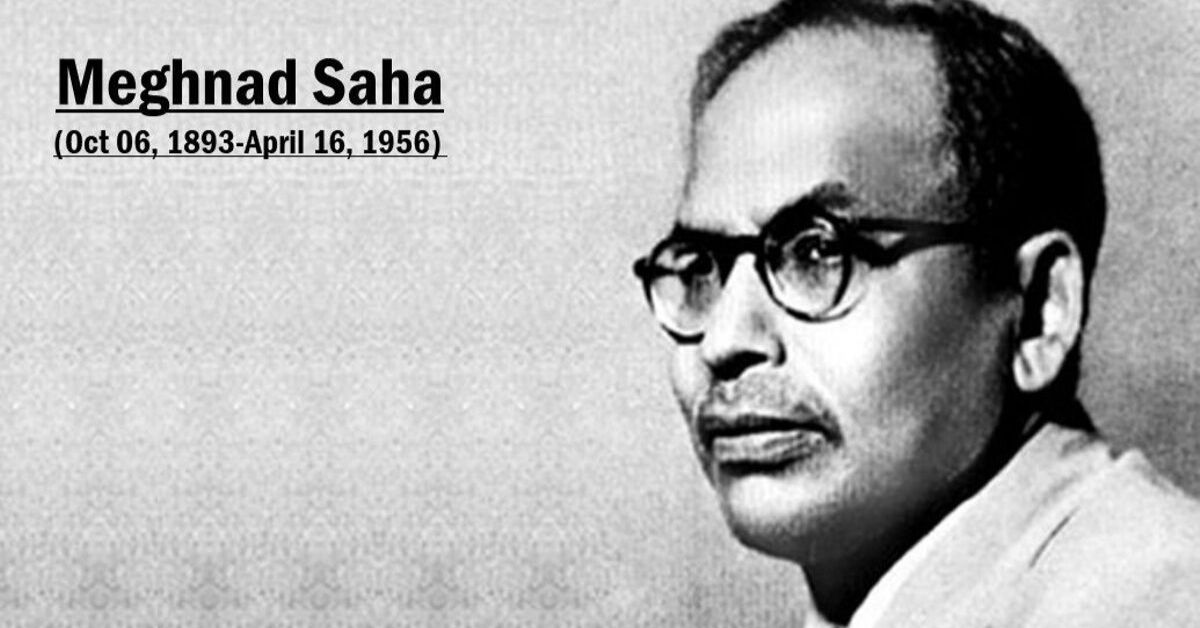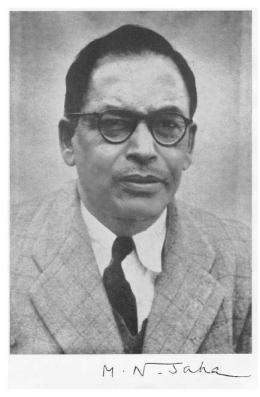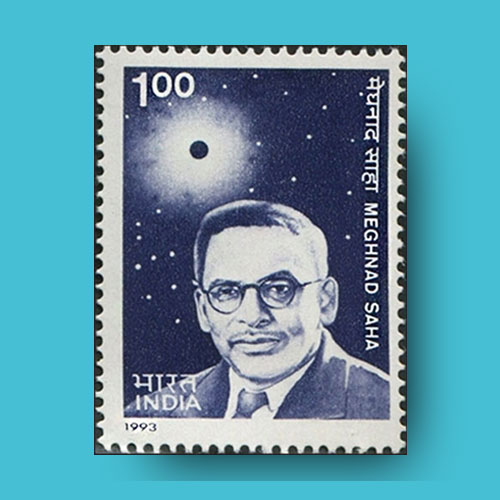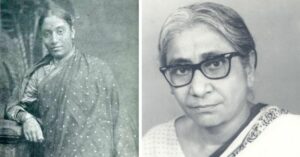Meghnad Saha: How a Village Boy Became One of India’s Greatest Scientists
Meghnad Saha's thermal ionisation theory is considered ‘as one of the ten outstanding discoveries of astronomy and astrophysics since the discovery of the telescope, in 1608, by Galileo’

Early 1920s announced the arrival of Indian scientists to the world. Between 1920-25, Indian scientists made path-breaking discoveries and inventions that got global recognition and went on to inspire many young professionals to work in the field of science.
Meghnad Saha, an astrophysicist, was among scientists like C V Raman, Subrahmanyan Chandrasekhar, Ramanujan who gained prominence.
Saha gave the world the Thermal Ionisation Equation, also known as the ‘Saha Equation’. Saha’s Equation is his most recognised contribution in astrophysics which related an element’s ionization state to the temperature and pressure. The theory explained the spectral classification of stars.
Have a look at these amazing products created by skilled women artisans and entrepreneurs across the country. Your purchase will support the livelihoods of these women artisans.
Writing for the Encyclopaedia Britannica, Arthur Stanley Eddington, the English astronomer and physicist, considered Saha’s Equation as the tenth most outstanding discoveries made in astronomy and astrophysics since the discovery of the telescope, in 1608, by Galileo’.
His work on other topics like selective spectroscopy, solar corona, solar radio emission, molecular dissociation, propagation of radio waves in the ionosphere, radiation pressure and beta radioactivity are still acknowledged in the scientific community.
Saha – Life and Background
Saha was born in undivided India’s Seoratali village in Dhaka district on 6 October 1893 to parents Jagannath Saha and Bhubaneswari Devi. He was the fifth child of eight and the family struggled to make ends meet.
His father owned a shop and given the financial conditions of the house, the Saha kids dropped out of schools. The sons either assisted their father in the shop or worked as factory workers.
But Saha’s destiny was different from the rest of his siblings. Monetary issues could not dissuade his keen interest in academics.
After completing his primary school, the problem arose when he realised that he would have to travel ten kms to and from the nearest senior secondary school everyday. Seeing Saha’s love for education, his elder brother Jainath stepped up and got him a sponsor for his lodging and boarding expenses.
A doctor by the name of Ananta Kumar Das agreed to give the young boy shelter in his house on conditions he helped around the house too.
By taking care of cows, running daily errands and excelling in his studies, the eminent scientist completed his higher education!
In 1905, he moved to Dhaka and joined a city collegiate school. His brother Jainath once again came to his rescue. He would sacrifice Rs 5 from the monthly income of Rs 20 to ensure his brother did not go hungry.
Saha cleared his intermediate examinations in 1911 and joined the Presidency college, where he was taught by Prafulla Chandra Ray and Jagadish Chandra Bose. Post his BSc in Mathematics, he did MSc in Applied Mathematics in 1915 from Calcutta University.
Finding Success in Science
His professional life started as a lecturer in the Department of Applied Mathematics in 1916 in the Calcutta University College of Science. A year later, Saha joined the physics department where he taught subjects like spectroscopy and thermodynamics.
Alongside, Saha started his research in physics and began writing papers but due to insufficient budget of the college, his papers did not appear in journals.
Back in those days, due to lack of laboratories and research equipment, Saha’s research would often face delay.
Fortunately, in 1919, he received the Premchand Roychand Scholarship for his dissertation on the ‘Harvard Classification of Stellar Spectra’. The scholarship took him to Europe for two years and gave him opportunities to work in labs of scientist likes Alfred Fowler and Walter Nernst.
In 1920, Saha formulated thermal ionisation theory and his thesis on ‘’Origin of Lines in Stellar Spectra’ won him the Griffith Prize of the Calcutta University.
After returning to India, Saha joined the University of Allahabad in 1923 and worked there for the next 15 years.
At the university, Saha wrote his famous book ‘A Treatise on Heat’. His contributions even made him the President of Indian Science Congress Association (physics section) in 1925.
In 1938, he returned to the University of Calcutta as a physics professor. Here, he took several initiatives to promote academics.
India’s first ever nuclear physics syllabus in MSc was designed by Saha in 1940 and he also built a cyclotron, a first in the country. He also started Indian Science News Association (1935) and Institute of Nuclear Physics (1950).
Saha was also active in Indian political scenario and was a staunch supporter of peaceful use of nuclear energy.
In 1952, he stood for the Parliamentary elections as an independent candidate from North-West Calcutta constituency and won. It was due to Saha’s effort as an MP that the Saka Calendar or the Indian national calendar, was adopted in 1956.
On 6 February 1956, Meghnad Saha, one of India’s greatest scientists, passed away of a heart attack.
October 6 is the 126th birth anniversary of Meghnad Saha and even after a century later, his work is still relevant and revered by scientists and researchers across the world.
From being a young boy eager to excel in his studies to being one of the world’s most renowned scientists, Saha shaped the face of modern science in India.
Also Read: Undaunted by Cancer, She Wrote 11 International Papers Before Passing Away
Featured Image Source: Dr Harsh Vardhan/Twitter
(Edited by Saiqua Sultan)
Like this story? Or have something to share?
Write to us: [email protected]
Connect with us on Facebook and Twitter.
This story made me
- 97
- 121
- 89
- 167
Tell Us More
We bring stories straight from the heart of India, to inspire millions and create a wave of impact. Our positive movement is growing bigger everyday, and we would love for you to join it.
Please contribute whatever you can, every little penny helps our team in bringing you more stories that support dreams and spread hope.



















